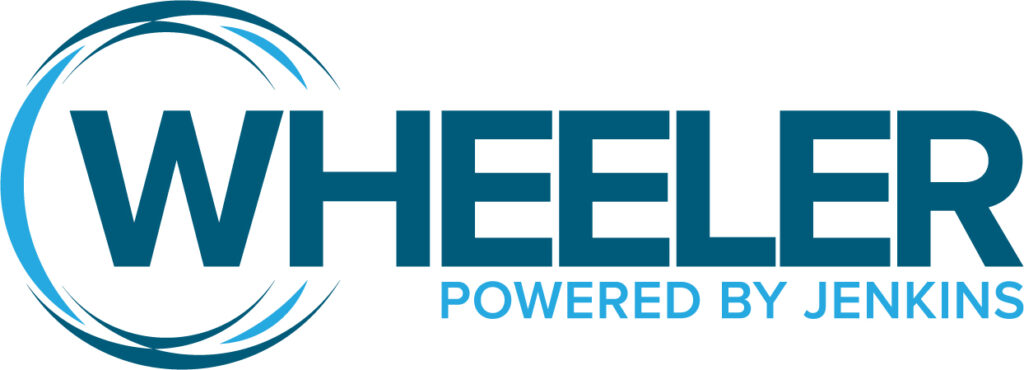Babbitt is a variety of metal alloys used for the bearing surfaces in plain bearings. These alloys are relatively soft, but contain small, harder metal crystals that support the bearing surface loads. The softer metal is designed to erode evenly and predictably with age. Bronze components Aluminum bronze Manganese bronze Sintered bronze Mounted directly onto the rotating shaft and next to the plain bearing, a lubrication ring draws lubricant up from a reservoir or feed system and transfers the oil onto the shaft and bearing. Lubrication rings are most commonly used in bearing applications with relatively low side loads. Lubrication rings are either solid (made in a single piece), or split (two pieces joined together). Rings with a trapezoidal cross section maximize oil delivery. Wheeler manufactures and stocks thousands of standard EOM rings, and design custom rings for specific applications. Some of our EOM customers include General electric, Westinghouse, Siemens and Baldor. If you must replace worn lubrication rings, using EOM parts made to EOM specifications is recommended. Wheeler stock thousands of replacements. If you have been experiencing problems related to lubrication rings failing prematurely, please contact Wheeler Industries to consult with one of our engineers. Yes. Several software programs help engineers predict how a bearing design will perform under certain specific conditions. Yet, it takes engineers with many years of bearing design experience to create the bearing models, simulate their use, interpret the results, and apply what is learned to the design. Wheeler Industries has the engineering team and tools needed to guarantee bearing designs that are optimized for the customer’s specific requirements. Because no engineer can know it all. An experienced bearing designer and manufacturer can save you a lot of needless trial and error, saving you both time and money. Software models, prototyping, testing and evaluation will help you optimize your design, and will free your own staff to solve other problems.
Frequently Asked Questions
What is Babbitt?
What are the benefits of solid aluminum bearings?
Which markets are using aluminum alloy (instead of lead and cadmium)?
Which machine components are suitable for aluminum alloys?
Which bronze alloys are typically used?
Which machine components are usually suitable for bronze alloys?
What are lubrication rings?
How to select lubrication rings?
Is computer modeling of bearings reliable?
Why do I need a bearing engineering partner?


